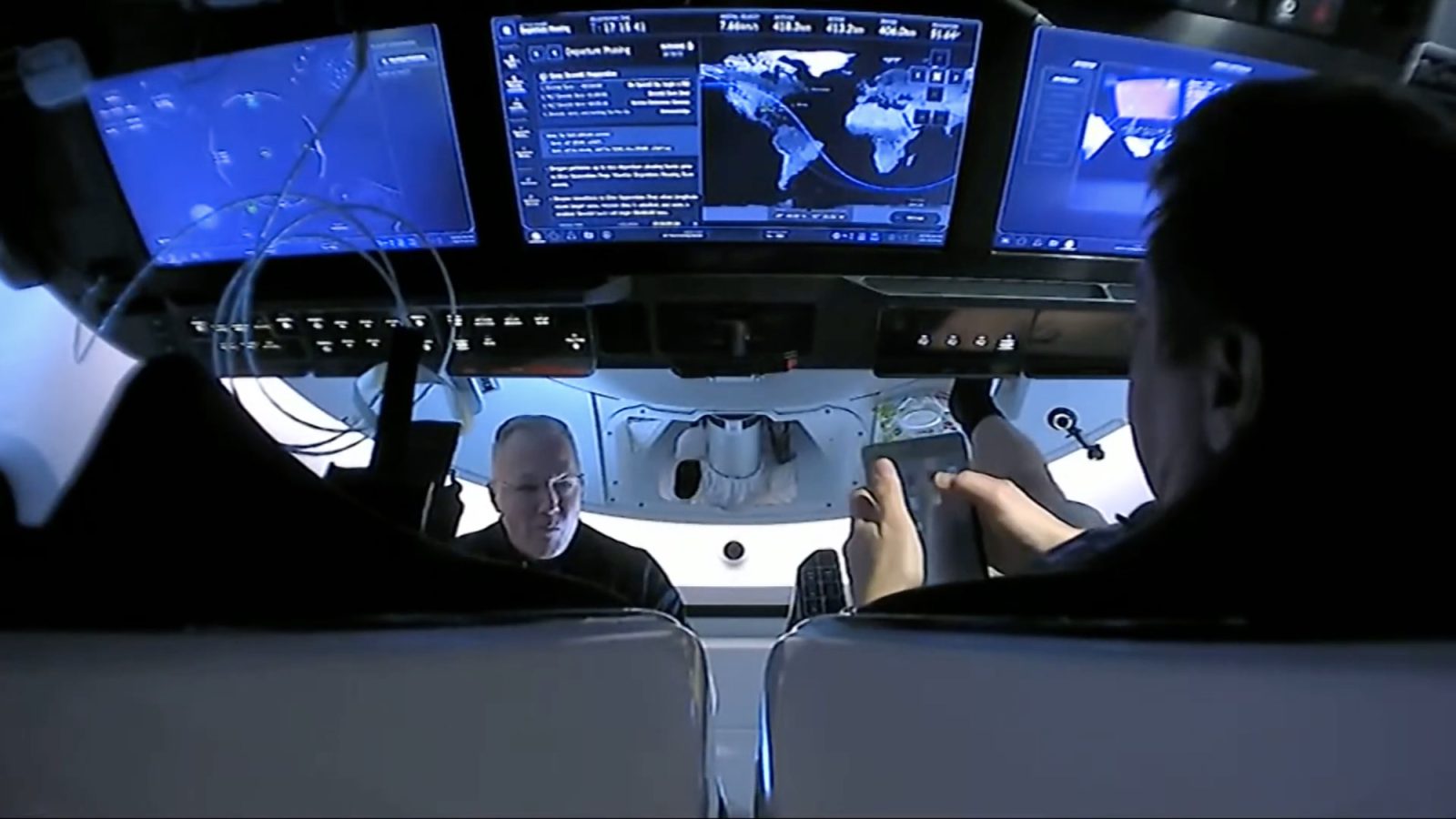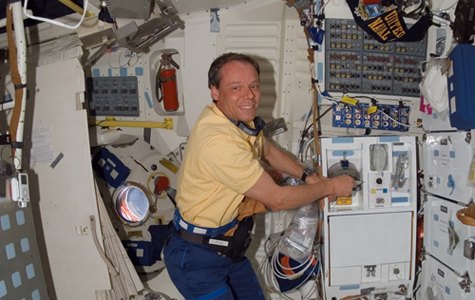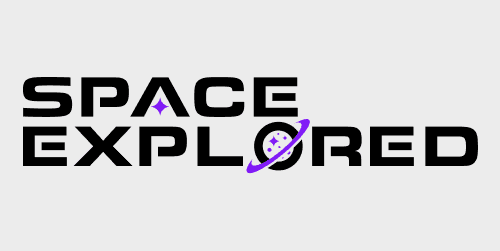
We all love our Apple products, and so does NASA! While you may think the space industry is dominated by custom-built computers and PCs, well, it kind of still is. Apple’s products show up quite often in commercial and NASA-led missions. Here are five Apple products that have flown to space.
iPads
The most prominent and easy-to-find product, Apple’s iPad is a go-to item for both SpaceX and NASA. Used primarily as electronic notebooks by NASA, you’ll see astronauts using various models across the International Space Station. With Velcro attached to the back, these can be stuck to walls, legs, or pretty much anything on the station for easy glancing while performing experiments or procedures in space.
SpaceX uses the iPad even more prominently during crewed launches in the company’s Crew Dragon spacecraft. What we assume are Apple’s iPad minis can be seen during launch and flight by Dragon’s crew members as pilot kneeboards and notebooks with all the information crew members need. We’ve even seen astronauts using iMessage and the camera app to share details with ground controllers.
SpaceX, during its webcasts, used to even refer to them as “iPads” during troubleshooting steps, but have now replaced the phrase with simply “tablets.” This is likely due to its close work with NASA, which tries to never refer to name brands if possible.
Even on the ground, iPads play an important role in getting SpaceX’s Dragon ready for launch. Closeout crew members, the individuals who get the astronauts into Dragon and seal up the hatch, use the iPad to track steps and take photos of seals for double checks by off-site engineers.
AirPods Pro
While you may think Apple’s AirPods would never be used for an official reason, mostly just used by astronauts during in-space workouts, Virgin Galactic actually used the first-gen AirPod Pros for its customers on early flights.
Virgin Galactic, the suborbital space tourism and research part of Richard Branson’s Virgin Group empire, flies a spaceplane on suborbital flights for paying customers. Those customers range from thrill-seeking private citizens to professional researchers from institutions and governments.
During “Galactic 01,” the company’s test flight before beginning commercial operations, crew members were seen wearing the AirPods with straps attached to the stems to ensure they didn’t fly away. These were likely used for ground controllers to communicate with the crew when they could remove their seat belts and move about the cabin, and then when to return to their seats. It’s unconfirmed, but crews likely used the active noise cancellation to reduce the potential noisy environment of any spacecraft.
While Virgin Galactic used the AirPods for several more flights, recent flights have featured custom earpieces in their place, likely ending Apple’s unofficial status as the earpiece of choice for commercial astronauts.
iPods
Probably the next most used product in space, iPods have flown to space alongside astronauts for personal use since the days of the iPod Classic.
Every astronaut gets the ability to bring a small parcel of personal items. This can be family photos, watches, and yes, iPods. Primarily used for its intended purpose, listening to music, since the product line’s retirement and the rise of iPhones, we haven’t seen them much since.

What do astronauts use now for their music listening needs? Well, Canadian astronaut Chris Hadfield brought a full-size guitar. Although I would assume they now use their iPads.
Macintosh Portable
One of the first unmodified Apple products to fly to space was the Macintosh Portable, which flew twice on the Space Shuttle, first in 1990 on STS-41 and again in 1991 on STS-42.
The primary use for the Macintosh was to test graphical user interfaces in space and ways to control its cursor. While this might seem mundane and a waste of time, up to this point, NASA astronauts had only used 100% keyboard-controlled computers. This was also the rise of the domination of the trackpad, and optical mice weren’t going to work well in space.
The Macintosh Portable’s support for varying control inputs allowed NASA to test various types before eventually launching what it believed was the best version to space on the shuttle in 1990. This led to one of the best bits of computer footage in space history, which is NASA astronaut Bill Shepard ejecting a floppy disk in space.
And by the way, Shepard was a U.S. Navy SEAL turned astronaut. So yes, NASA sent a Navy SEAL to space to test a trackball and play catch with a floppy disk.
Eventually, NASA moved away from Macs in space. The agency switched to ThinkPads with their easy-to-use in-space keyboard nipple that is still used today, along with a few other PC laptop variations.
Apple Watch
The newest entrance to regular flying Apple hardware is the Apple Watch. Again used for personal use with no official use case by NASA, plenty of astronauts in recent years have been seen wearing the smartwatch while on the ISS.
The Apple Watch did finally get used for official use by a commercial spaceflight, Inspiration4. It was used by the private astronauts in a medical study on how their time in space affected their bodies.
You can assume that with the success of the Apple Watch, Apple’s favor with commercial companies, and the existing integration in current processes, the Apple Watch may become a common tool in NASA’s exploration of the Moon and, one day, Mars.
FTC: We use income earning auto affiliate links. More.



Comments